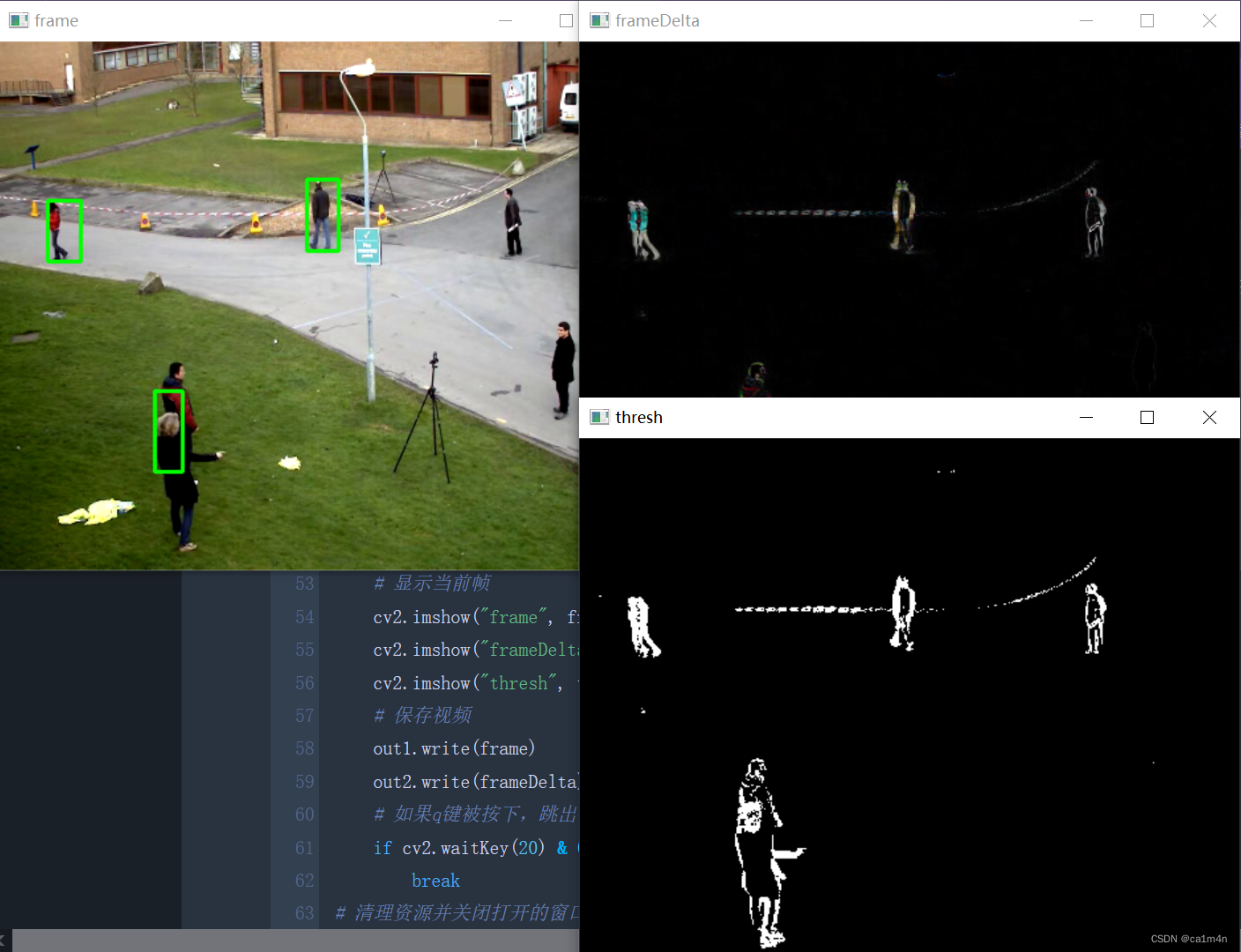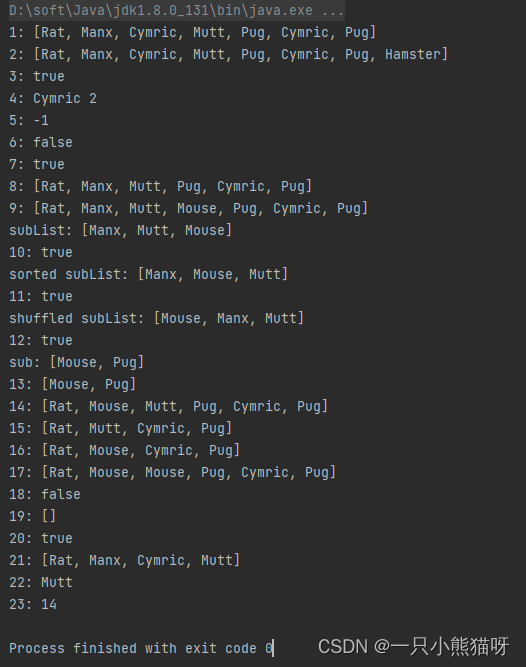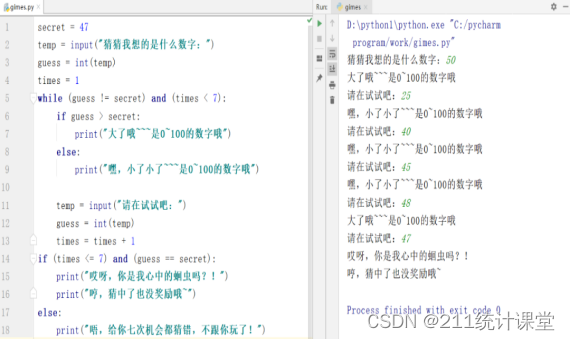目录
1--虚拟头节点的使用
2--设计链表
3--反转链表
4--两两交换链表中的节点
5--快慢指针
5-1--删除链表倒数第N个节点
5-2--环形链表
5-3--环形链表II
1--虚拟头节点的使用
在链表相关题目中,常新定义一个虚拟头结点 dummynode 来指向原链表的头结点,当需要返回链表时,只需返回 dummynode->next;

#include <iostream>struct ListNode {int val;ListNode *next;ListNode() : val(0), next(nullptr) {}ListNode(int x) : val(x), next(nullptr) {}ListNode(int x, ListNode *next) : val(x), next(next) {}
};class Solution {
public:ListNode* removeElements(ListNode* head, int val) {if(head==nullptr) return head;ListNode* dummynode = new ListNode(); // 新建虚拟头结点dummynode->next = head;ListNode* cur = dummynode;while(cur->next != nullptr){if(cur->next->val == val){ListNode* tmp = cur->next;cur->next = cur->next->next;delete tmp;tmp = nullptr;}else{cur = cur->next;}}return dummynode->next;}
};int main(int arc, char *argv[]){ListNode* Node1 = new ListNode(1);ListNode* Node2 = new ListNode(2);ListNode* Node3 = new ListNode(6);ListNode* Node4 = new ListNode(3);ListNode* Node5 = new ListNode(4);ListNode* Node6 = new ListNode(5);ListNode* Node7 = new ListNode(6);Node1->next = Node2;Node2->next = Node3;Node3->next = Node4;Node4->next = Node5;Node5->next = Node6;Node6->next = Node7;Solution S1;int val = 6;ListNode* res = S1.removeElements(Node1, val);ListNode* cur = res;while(cur != NULL){std::cout << cur->val << " ";cur = cur->next;}return 0;
}2--设计链表

#include <iostream>class MyLinkedList {
public:// 定义链表节点结构体struct LinkedNode {int val;LinkedNode* next;LinkedNode(int val):val(val), next(nullptr){}};// 初始化链表MyLinkedList() {_dummyHead = new LinkedNode(0); // 虚拟头结点_size = 0;}int get(int index) {if (index > (_size - 1) || index < 0) { // 不合法indexreturn -1;}LinkedNode* cur = _dummyHead->next;while(index--){cur = cur->next;}return cur->val;}void addAtHead(int val) {LinkedNode* newNode = new LinkedNode(val);newNode->next = _dummyHead->next;_dummyHead->next = newNode;_size++;}void addAtTail(int val) {LinkedNode* newNode = new LinkedNode(val);LinkedNode* cur = _dummyHead;while(cur->next != nullptr){cur = cur->next;}cur->next = newNode;_size++;}void addAtIndex(int index, int val) {if(index > _size) return;if(index < 0) index = 0; LinkedNode* newNode = new LinkedNode(val);LinkedNode* cur = _dummyHead;while(index--) {cur = cur->next;}newNode->next = cur->next;cur->next = newNode;_size++;}void deleteAtIndex(int index) {if (index >= _size || index < 0) {return;}LinkedNode* cur = _dummyHead;while(index--) {cur = cur ->next;}LinkedNode* tmp = cur->next;cur->next = cur->next->next;delete tmp;tmp=nullptr;_size--;}// 打印链表void printLinkedList() {LinkedNode* cur = _dummyHead;while (cur->next != nullptr) {std::cout << cur->next->val << " ";cur = cur->next;}std::cout << std::endl;}
private:int _size;LinkedNode* _dummyHead;};int main(int arc, char *argv[]){MyLinkedList myLinkedList;myLinkedList.addAtHead(1);myLinkedList.addAtTail(3);myLinkedList.addAtIndex(1, 2); // 链表变为 1->2->3std::cout << myLinkedList.get(1) << std::endl; // 返回 2myLinkedList.deleteAtIndex(1); // 现在,链表变为 1->3std::cout << myLinkedList.get(1) << std::endl; // 返回 3return 0;
}3--反转链表

双指针解法:
#include <iostream>struct ListNode {int val;ListNode *next;ListNode() : val(0), next(nullptr) {}ListNode(int x) : val(x), next(nullptr) {}ListNode(int x, ListNode *next) : val(x), next(next) {}
};class Solution {
public:ListNode* reverseList(ListNode* head){if(head == nullptr) return head;ListNode *pre = nullptr;ListNode *cur = head;while(cur != NULL){ListNode *tmp = cur->next;cur->next = pre;pre = cur;cur = tmp;}return pre;}
};int main(int arc, char *argv[]){ListNode *Node1 = new ListNode(1);ListNode *Node2 = new ListNode(2);ListNode *Node3 = new ListNode(3);ListNode *Node4 = new ListNode(4);ListNode *Node5 = new ListNode(5);Node1->next = Node2;Node2->next = Node3;Node3->next = Node4;Node4->next = Node5;Solution S1;ListNode *res = S1.reverseList(Node1);ListNode *cur = res;while(cur != NULL){std::cout << cur->val << " ";cur = cur->next;}return 0;
}递归写法:
#include <iostream>struct ListNode {int val;ListNode *next;ListNode() : val(0), next(nullptr) {}ListNode(int x) : val(x), next(nullptr) {}ListNode(int x, ListNode *next) : val(x), next(next) {}
};class Solution {
public:ListNode* reverseList(ListNode* head){if(head == nullptr) return head;return reverse(head, nullptr);}ListNode* reverse(ListNode* cur, ListNode* pre){if(cur == nullptr) return pre;ListNode *tmp = cur->next;cur->next = pre;return reverse(tmp, cur);}
};int main(int arc, char *argv[]){ListNode *Node1 = new ListNode(1);ListNode *Node2 = new ListNode(2);ListNode *Node3 = new ListNode(3);ListNode *Node4 = new ListNode(4);ListNode *Node5 = new ListNode(5);Node1->next = Node2;Node2->next = Node3;Node3->next = Node4;Node4->next = Node5;Solution S1;ListNode *res = S1.reverseList(Node1);ListNode *cur = res;while(cur != NULL){std::cout << cur->val << " ";cur = cur->next;}return 0;
}4--两两交换链表中的节点

#include <iostream>struct ListNode {int val;ListNode *next;ListNode() : val(0), next(nullptr) {}ListNode(int x) : val(x), next(nullptr) {}ListNode(int x, ListNode *next) : val(x), next(next) {}
};class Solution {
public:ListNode* swapPairs(ListNode* head) {if(head == nullptr) return head;ListNode *dummyNode = new ListNode();dummyNode->next = head;ListNode *cur = dummyNode;while(cur->next != nullptr && cur->next->next != nullptr){ListNode *tmp1 = cur->next;ListNode *tmp2 = cur->next->next->next;cur->next = cur->next->next;cur->next->next = tmp1;tmp1->next = tmp2;cur = cur->next->next;}return dummyNode->next;}
};int main(int arc, char *argv[]){ListNode *Node1 = new ListNode(1);ListNode *Node2 = new ListNode(2);ListNode *Node3 = new ListNode(3);ListNode *Node4 = new ListNode(4);Node1->next = Node2;Node2->next = Node3;Node3->next = Node4;Solution S1;ListNode *res = S1.swapPairs(Node1);ListNode *cur = res;while(cur != NULL){std::cout << cur->val << " ";cur = cur->next;}return 0;
}5--快慢指针
5-1--删除链表倒数第N个节点
快慢指针

#include <iostream>
#include <vector>struct ListNode {int val;ListNode *next;ListNode() : val(0), next(nullptr) {}ListNode(int x) : val(x), next(nullptr) {}ListNode(int x, ListNode *next) : val(x), next(next) {}
};class Solution {
public:ListNode* removeNthFromEnd(ListNode* head, int n) {ListNode *dummyNode = new ListNode();dummyNode->next = head;ListNode* slow = dummyNode;ListNode* fast = dummyNode;while(n-- && fast != NULL){fast = fast->next;}while(fast->next != NULL){slow = slow->next;fast = fast->next;}ListNode *target = slow->next;slow->next = target->next;delete target;target = nullptr;return dummyNode->next;}
};int main(int argc, char argv[]){ListNode *Node1 = new ListNode(1);ListNode *Node2 = new ListNode(2);ListNode *Node3 = new ListNode(3);ListNode *Node4 = new ListNode(4);ListNode *Node5 = new ListNode(5);Node1->next = Node2;Node2->next = Node3;Node3->next = Node4;Node4->next = Node5;int n = 2;Solution S1;ListNode *res = S1.removeNthFromEnd(Node1, n);ListNode *cur = res;while(cur != NULL){std::cout << cur->val << " ";cur = cur->next;}return 0;
}5-2--环形链表

快慢指针,当链表有环时,快慢指针必定相遇;
#include <iostream>
#include <vector>struct ListNode {int val;ListNode *next;ListNode(int x) : val(x), next(NULL) {}
};class Solution {
public:bool hasCycle(ListNode *head) {if(head == nullptr) return false;ListNode *slow = head;ListNode *fast = head;while(fast != NULL && fast->next != NULL){fast = fast->next->next;slow = slow->next;if(slow == fast) break;}if(fast == NULL || fast->next == NULL) return false;else return true;}
};int main(int argc, char argv[]){ListNode *Node1 = new ListNode(1);ListNode *Node2 = new ListNode(2);ListNode *Node3 = new ListNode(0);ListNode *Node4 = new ListNode(-4);Node1->next = Node2;Node2->next = Node3;Node3->next = Node4;Node4->next = Node2;Solution S1;bool res = S1.hasCycle(Node1);if(res) std::cout << "true" << std::endl;else std::cout << "false" << std::endl;return 0;
}5-3--环形链表II
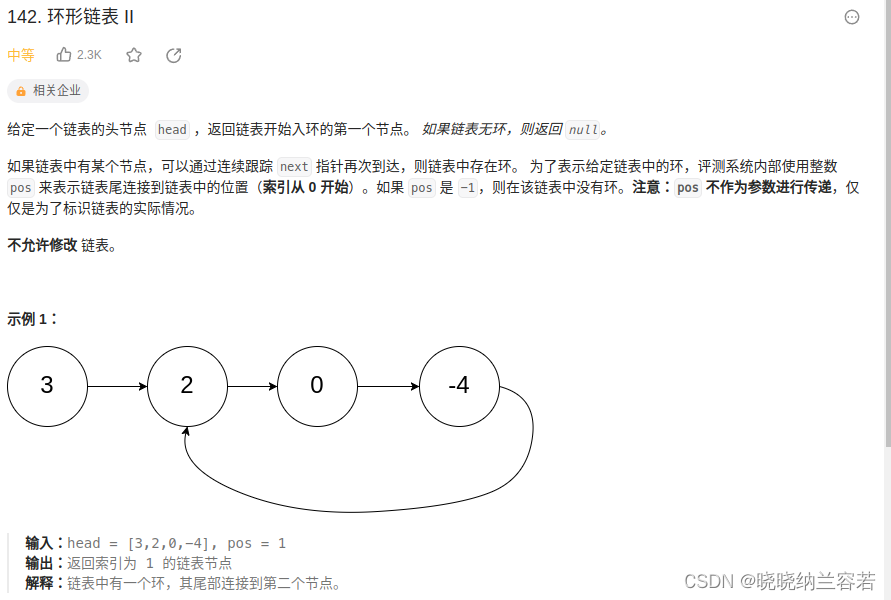
快慢指针,快指针每次走两步,慢指针每次走一步,根据快慢指针是否相遇判断是否有环;
当快慢指针第一次相遇后,慢指针从头出发,快指针从第一次相遇的节点出发,快慢指针均每次走一步,当下一次相遇时就处于环的入口节点,返回即可;
#include <iostream>
#include <vector>struct ListNode {int val;ListNode *next;ListNode(int x) : val(x), next(NULL) {}
};class Solution {
public:ListNode *detectCycle(ListNode *head) {if(head == nullptr) return head;ListNode *slow = head;ListNode *fast = head;while(fast != NULL && fast->next != NULL){fast = fast->next->next;slow = slow->next;if(fast == slow) break; // 第一次相遇}if(fast == NULL || fast->next == NULL) return NULL; // 没有环// 从头开始走slow = head;while(slow != fast){slow = slow->next;fast = fast->next;}// 第二次相遇就是环的入口return slow;}
};int main(int argc, char argv[]){ListNode *Node1 = new ListNode(1);ListNode *Node2 = new ListNode(2);ListNode *Node3 = new ListNode(0);ListNode *Node4 = new ListNode(-4);Node1->next = Node2;Node2->next = Node3;Node3->next = Node4;Node4->next = Node2;Solution S1;ListNode * res = S1.detectCycle(Node1);std::cout << res->val << std::endl;return 0;
}

![java八股文面试[多线程]——synchronized 和lock的区别](https://img-blog.csdnimg.cn/2b8ee88522c34c6d83d844fc6cbb6698.png)





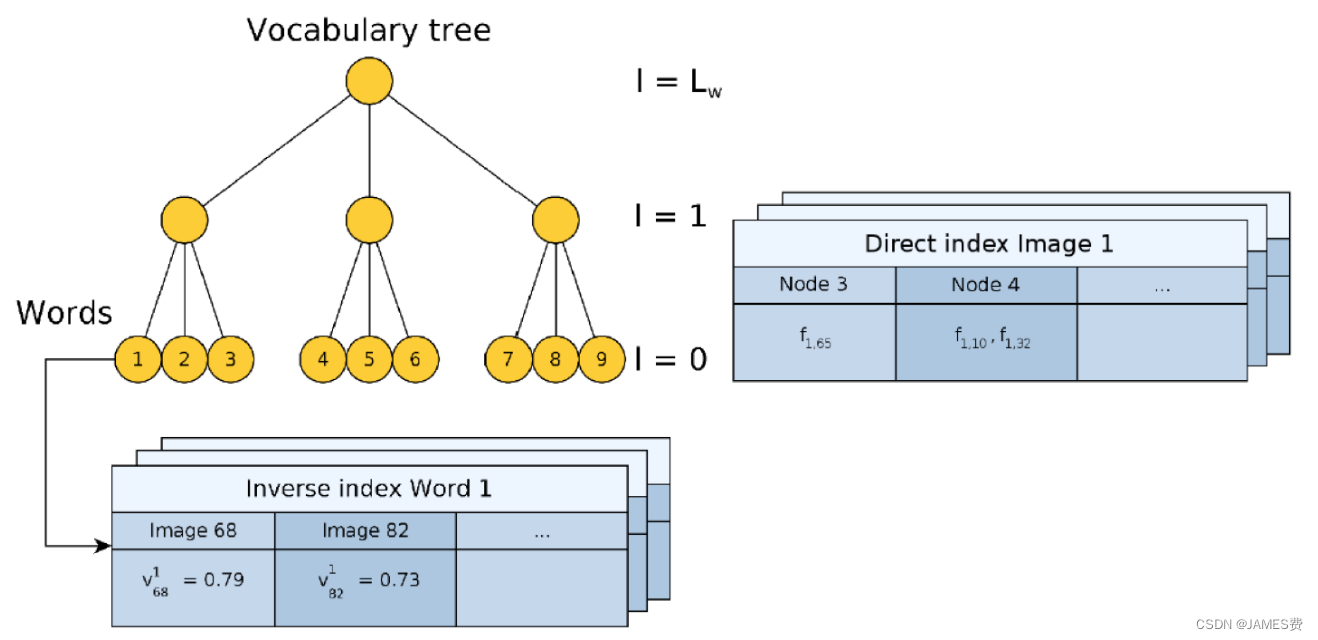
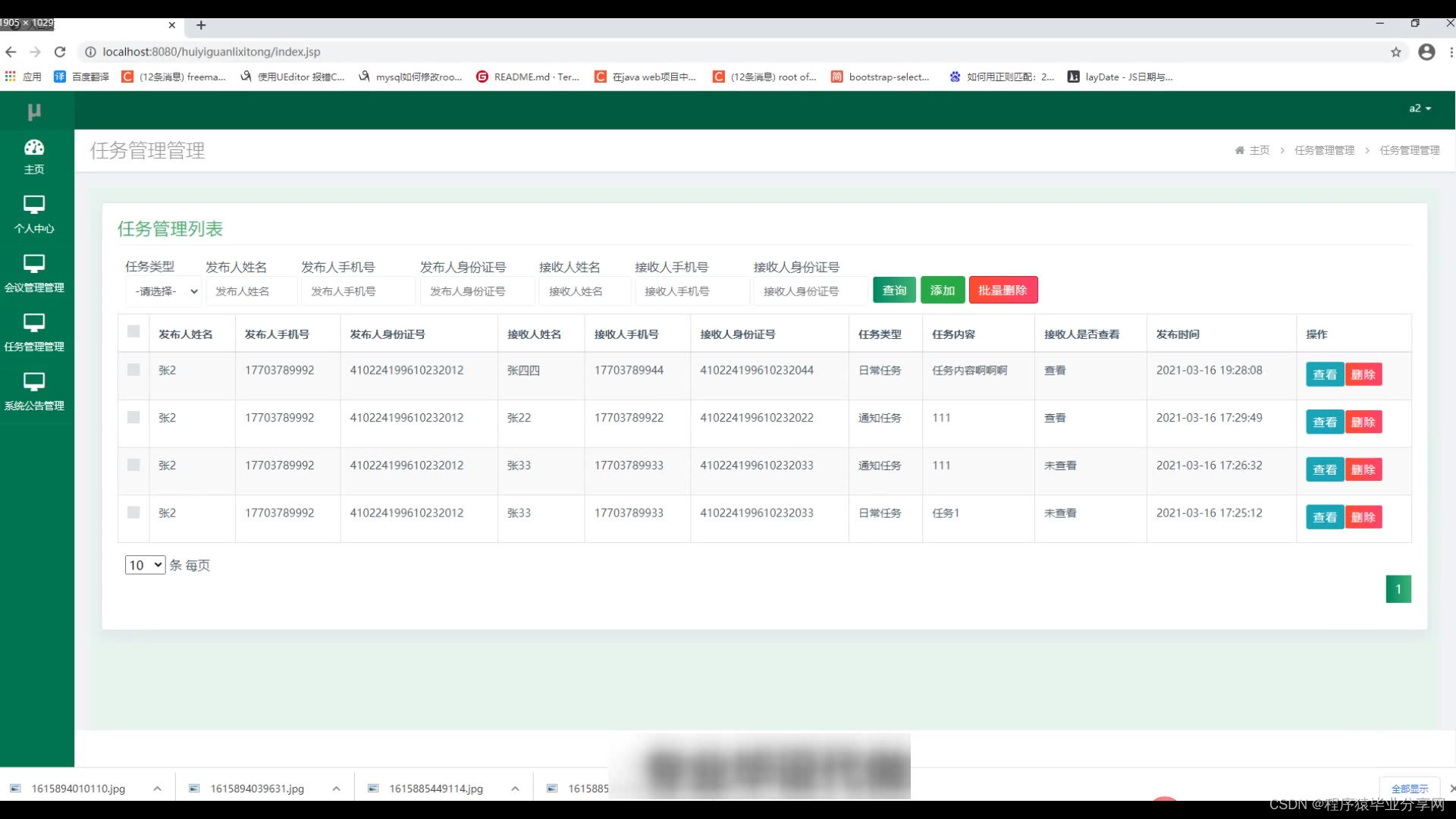
![[C/C++]天天酷跑游戏超详细教程-上篇](https://img-blog.csdnimg.cn/79e2f0cd769945f5b326f0c2dcb85c74.jpeg)

